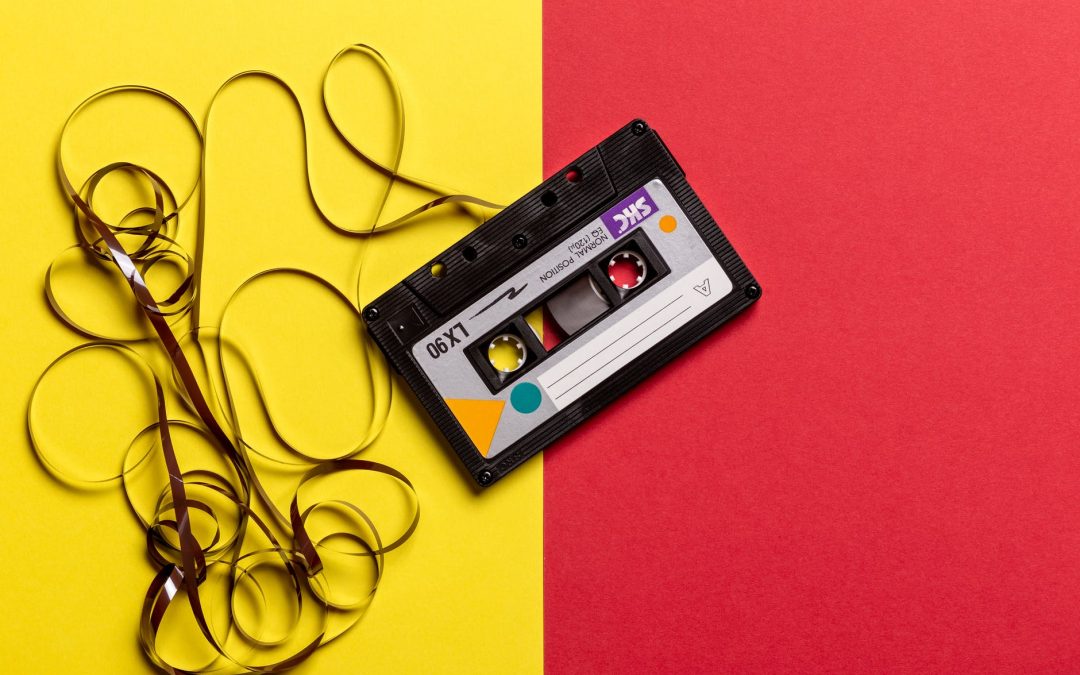** The interventions described in this article are to be facilitated by board-certified music therapists (MT-BC) only.
There is a wide spectrum of diagnoses that fall under the category of mood and anxiety disorders. Mood disorders include diagnoses such as depression, cyclothymia, bipolar disorder, and seasonal affective disorder. This category of illness describes an ongoing disturbance in mood, including elevation, depression or mood swings. People with mood disorders commonly have co-morbid anxiety disorder diagnoses. Common anxiety disorders include generalized anxiety disorder, obsessive-compulsive disorder, panic disorder, social anxiety disorder, and specific phobia.
Music has proven to have significant effects on our physical and emotional states, whether we are conscious of it or not.
When music is deemed pleasurable, the brain increases its production of dopamine, a neurotransmitter released in response to rewards. Music can also prompt the re-experiencing of a memory, which is particularly important to induce in those with mood and anxiety disorders that have a history of trauma. This can be an effective and alternative means of treatment next to talk therapy or different brain-altering medications for some people. However, clients with mood and anxiety disorders should work with music therapists, who are certified clinicians who have studied and practiced music interventions to help clients reach individualized goals.
The American Music Therapy Association states, “Music therapy is the clinical and evidence-based use of music interventions to accomplish individualized goals within a therapeutic relationship.” Goals addressed in music therapy include pain management, emotional expression, and physical, cognitive and communication rehabilitation. Common populations for music therapists to work with include autism spectrum disorder, Alzheimer’s disease, Parkinson’s disease, intellectual disabilities, and mood and anxiety disorders. In each of these populations, different music therapy techniques can be implemented depending on the client’s needs.
Songwriting and music therapy have separate benefits but can have even greater benefits when combined.
What is songwriting? Songwriting is a creative activity that helps persons express a range of ideas and feelings. Songwriting can address personal, group, and global issues. The benefits of songwriting include self-expression, stress relief, a means of interpreting difficult circumstances and overcoming challenges. Songwriting can be a recreational or therapeutic activity. For some people, it can even be the subject of their college degree or source of income.
Songwriting in music therapy looks a little bit different, but addresses many of the same goals and then some. It also looks different when it is clinically facilitated versus when songs are written for enjoyment. Ficken (1976) and Schmidt (1983) recommend the cloze procedure (fill-in-the-blank) for songwriting because it provides structure in a nonthreatening way and can be done on an individual or group basis.
This procedure calls for clients to substitute their own lyrics for specific words in a popular song that could be selected according to the person’s musical preferences, age, or how appropriately blanks can be substituted for original song lyrics. Blanks are placed in a way that elicits a literal, concrete response as well as symbolic or metaphoric response. Having lead-in sentences serve to stimulate thought from past to present and foster hope for the future while also encouraging self-disclosure.
An alternative way to song write in music therapy would be to write lyrics to pre-existing melodies.
This would be beneficial because it encourages interaction among group members while working towards a common goal.
Some may question whether this is just a pleasurable and fun experience for clients with mood and anxiety disorders or if it has any proven neurological effects. There have been multiple studies done that provide evidence that music therapy does help change the neural structure and neural firing of the brain.
When thinking of a creative writing passage, the dorsolateral prefrontal cortex, which is typically involved in cognitive-emotional perception, and the right anterior insular cortex, which is implicated in psychological awareness are both activated. This supports that the process of songwriting involves multiple parts of the brain that are associated with cognition and introspection. Additionally, during the act of writing a creative piece, the bilateral temporal lobe structure is activated. This area in the brain is associated with episodic memory and memory retrieval.
That being said, songwriting may help clients recall difficult or traumatic memories, something that is often hard to access in talk therapy. Processing difficult or traumatic memories through writing and music may also provide a less daunting way for clients to approach these complex subjects.
Songwriting specifically provides benefits both in the activation of the brain associated with emotion processing and regulation and also has the ability to uncover difficult memories and emotions. Additionally, writing and song completion can increase clients’ self-esteem and self-expression. Though music therapy is not the appropriate modality of treatment for all clients with mood and anxiety disorders, it may provide a helpful alternative form of therapy for those that have tried other widely studied modes of treatment, such as cognitive-behavioral therapy or medication and have found little to no relief.
References
De L’Etoile, S. K. (2002). The effectiveness of music therapy in group psychotherapy for adults with mental illness. Arts in Psychotherapy, 29(2), 69-78. DOI: 10.1016/S0197-4556(02)00139-9
Leggae, W. On the neural mechanisms of music therapy in mental health care: literature review and clinical implications. Music Therapy Perspectives 2015; 33(2), 128-141. doi: 10.1093/mtp/miv025
Edgerton, C. D. (1990). Creative group songwriting. Music Therapy Perspectives. 8, 15-19.
Ficken, T. (1976). The rise of songwriting in a psychiatric setting. Journal of Music Therapy, 13, 163-172.


